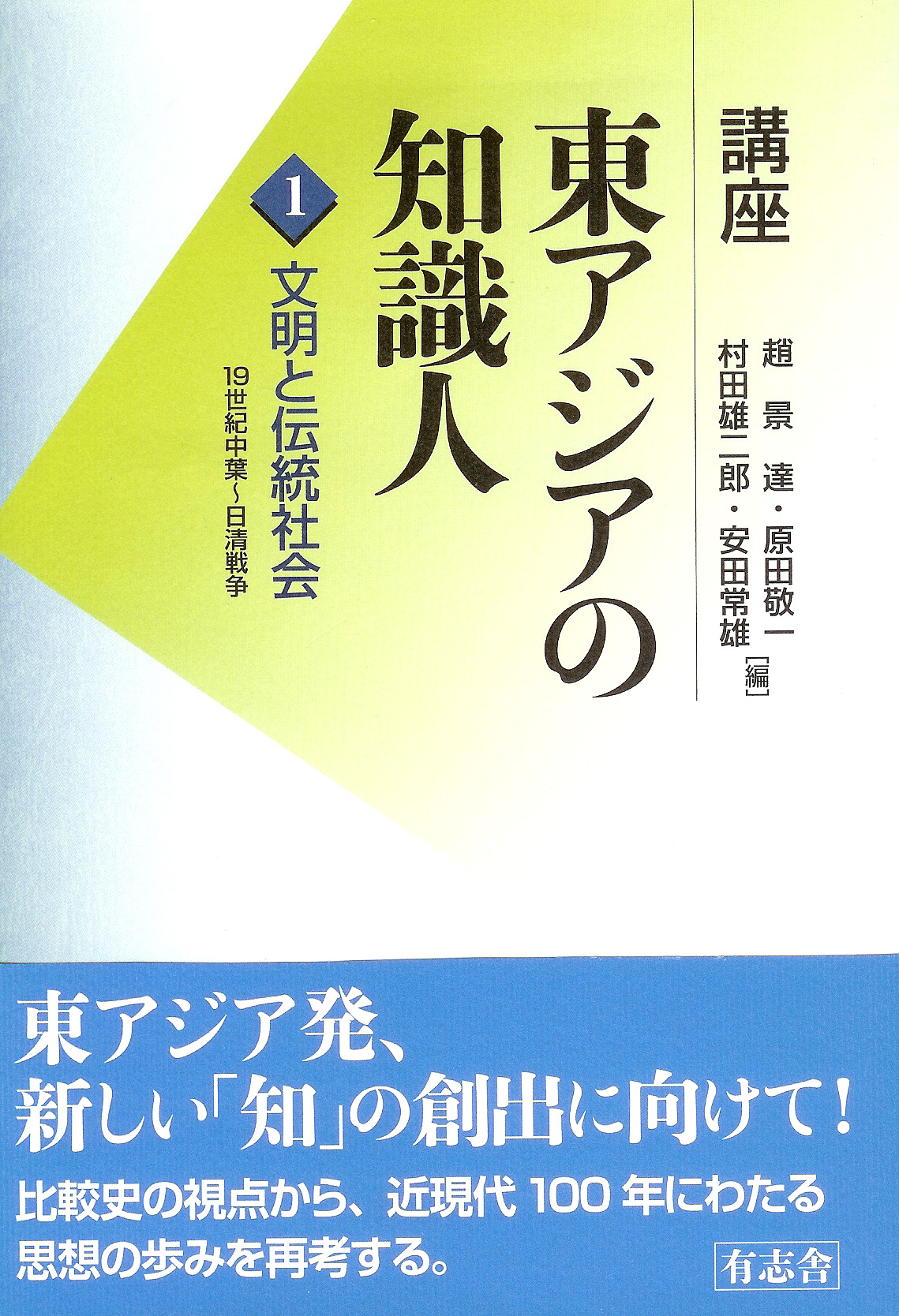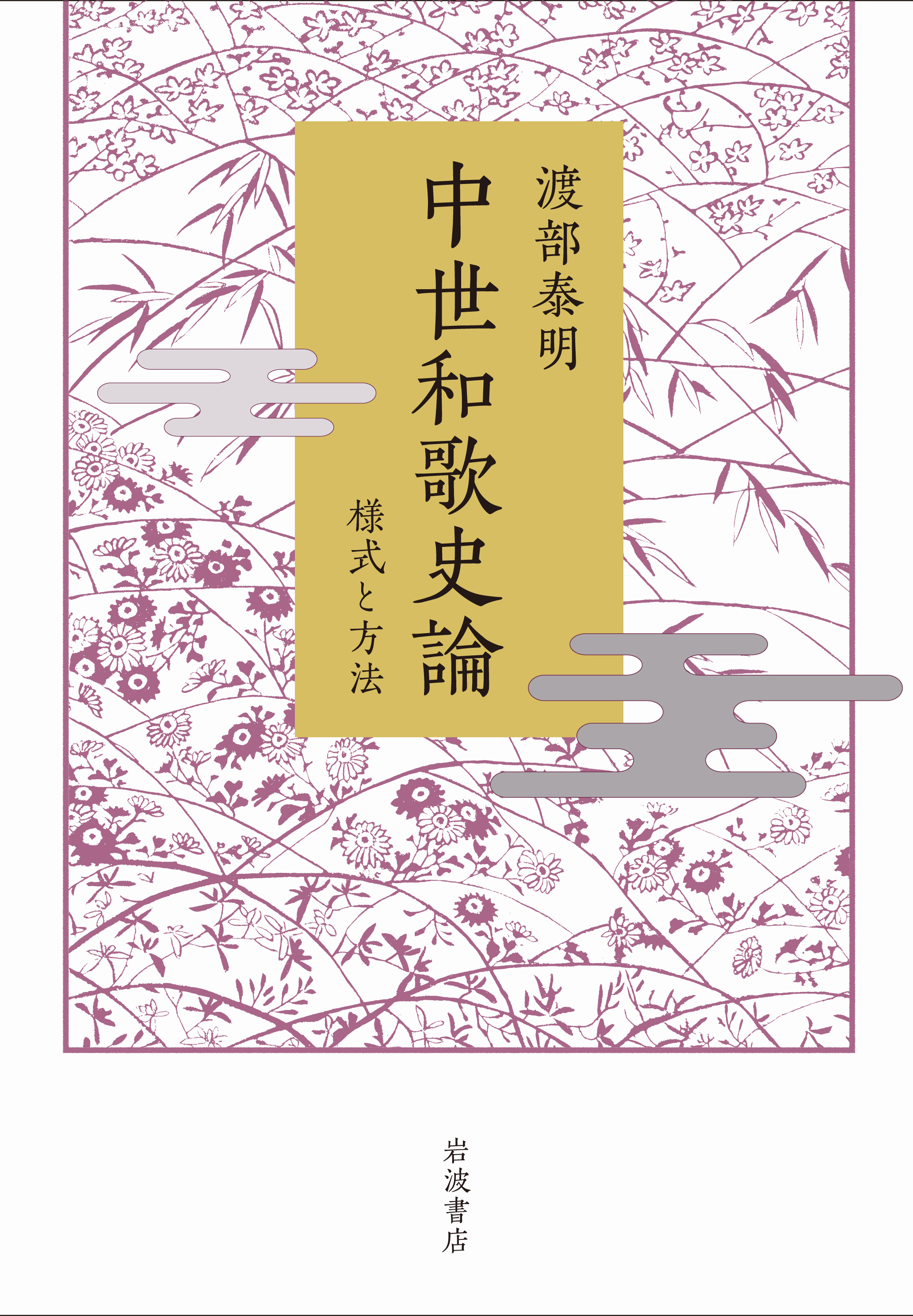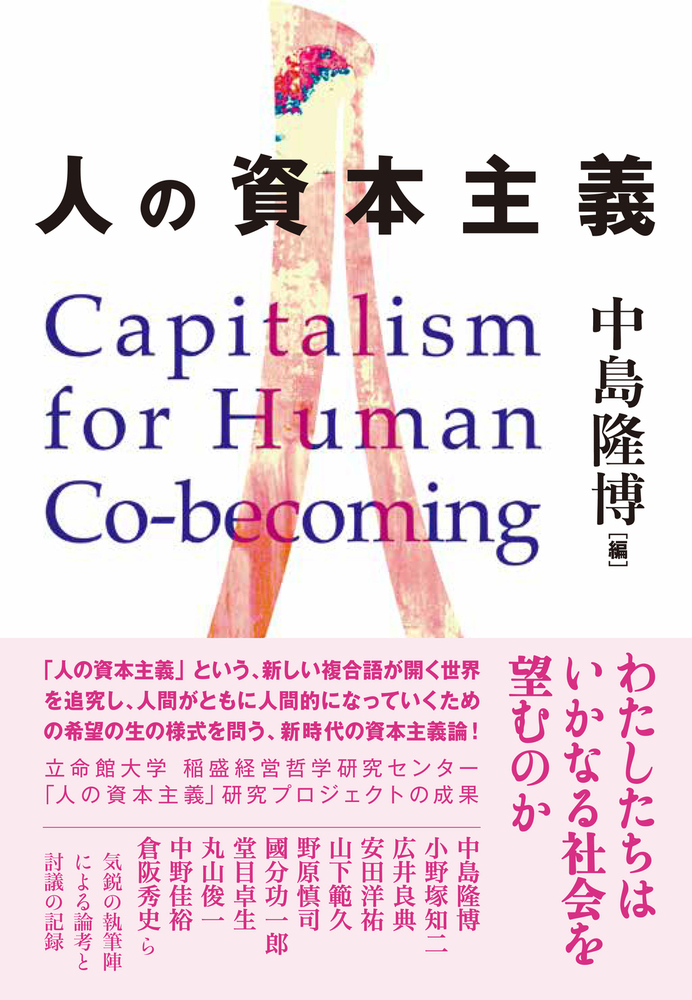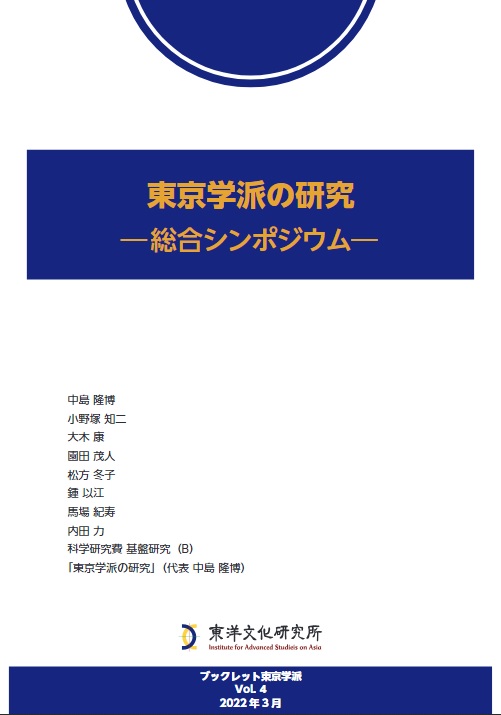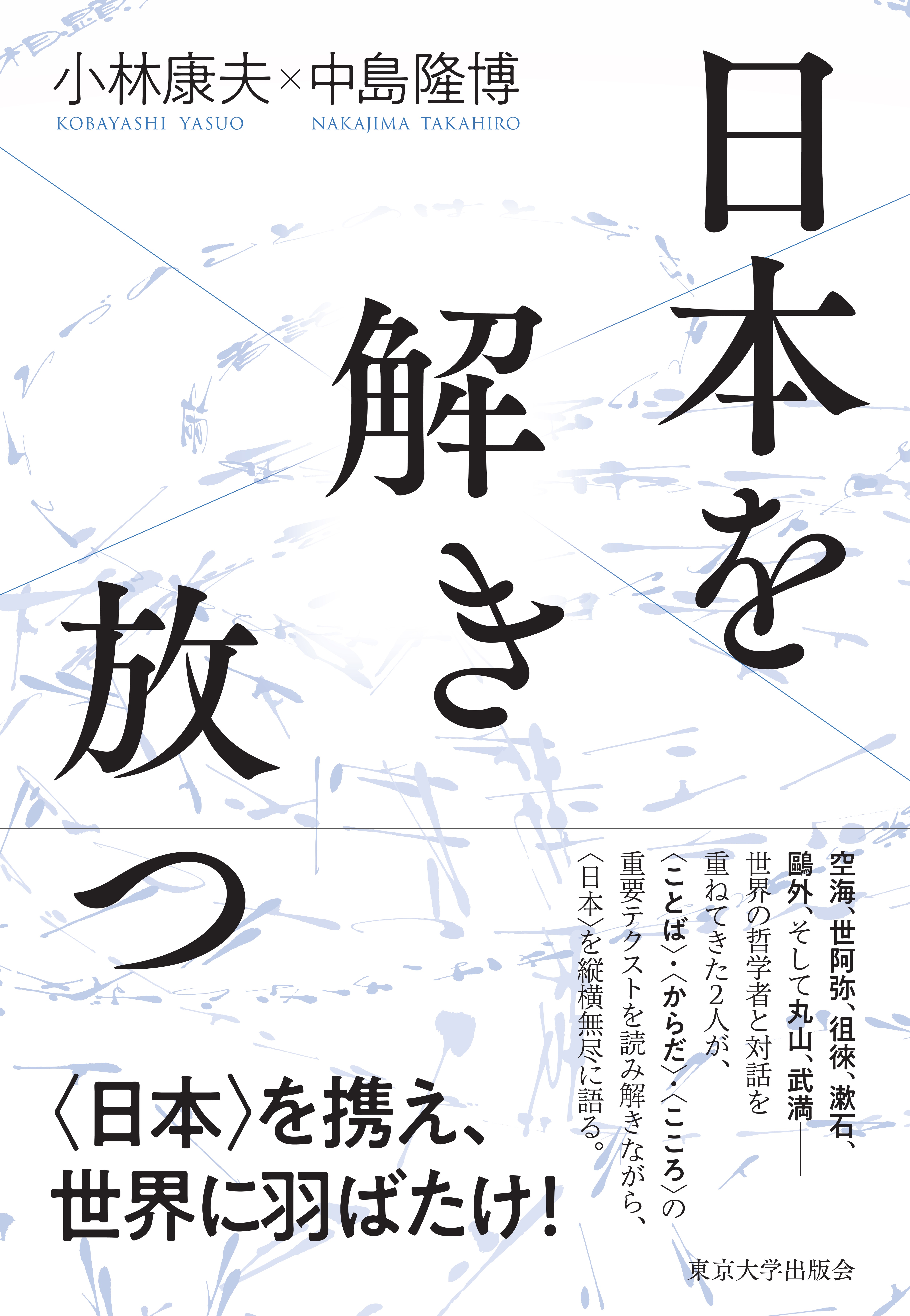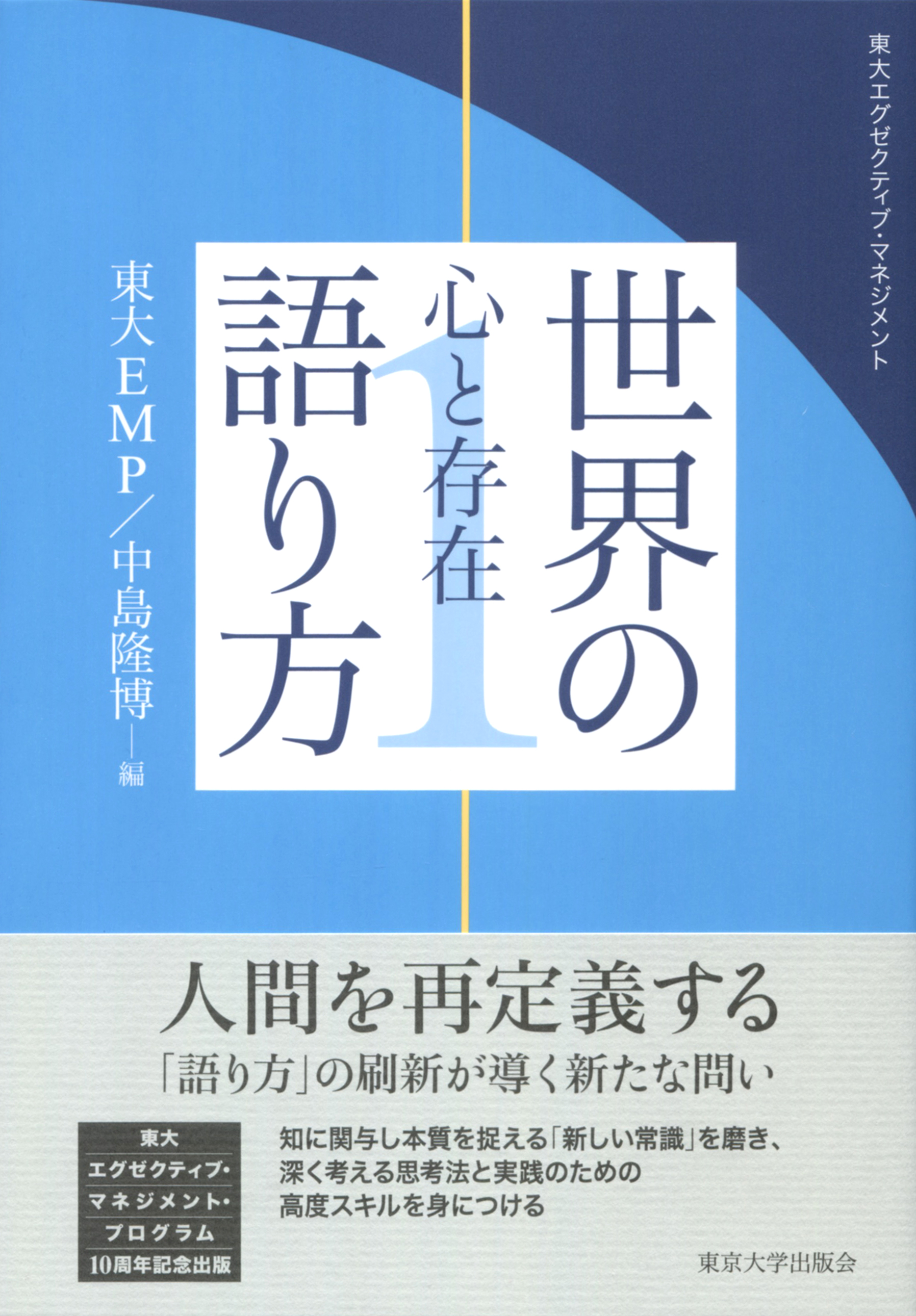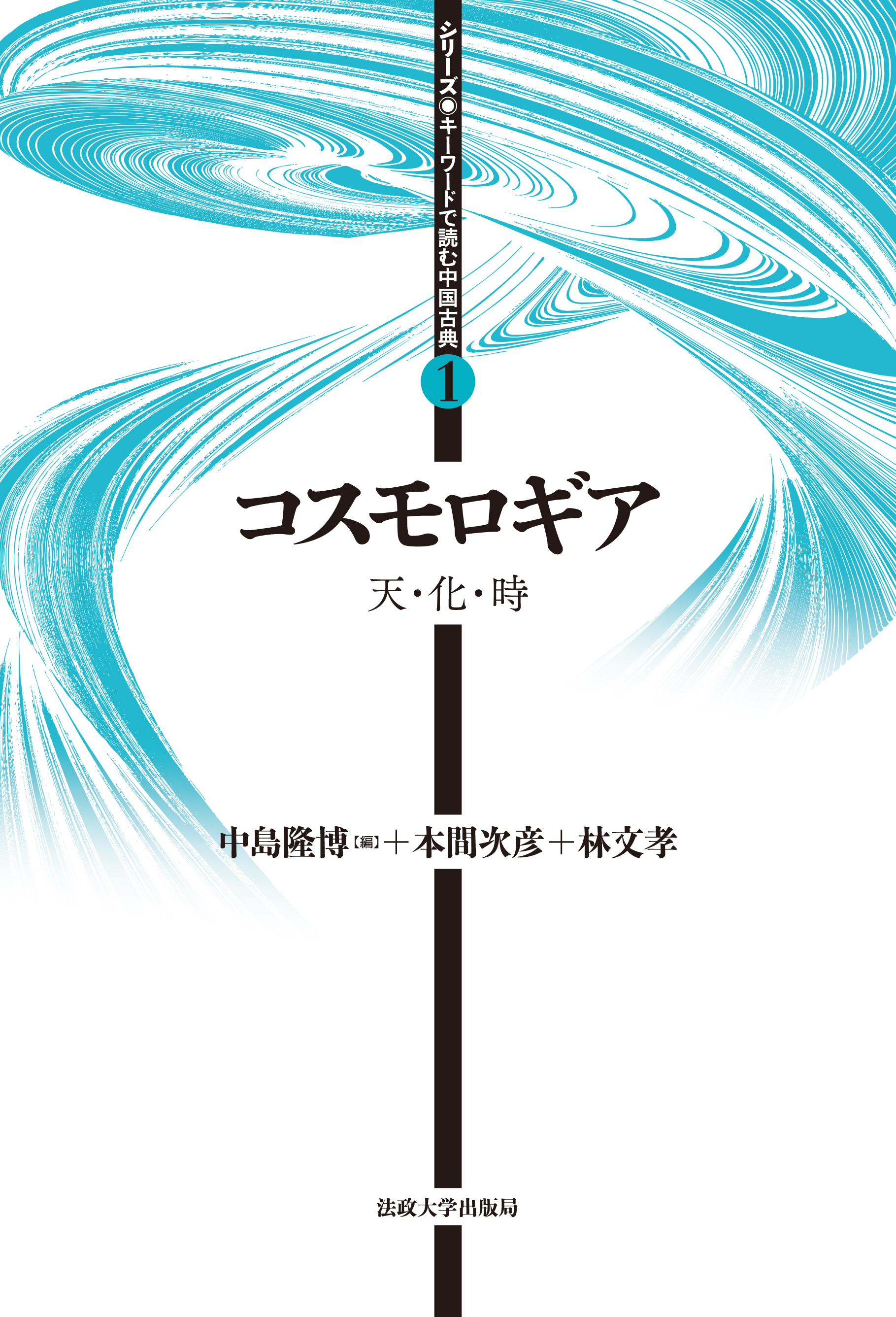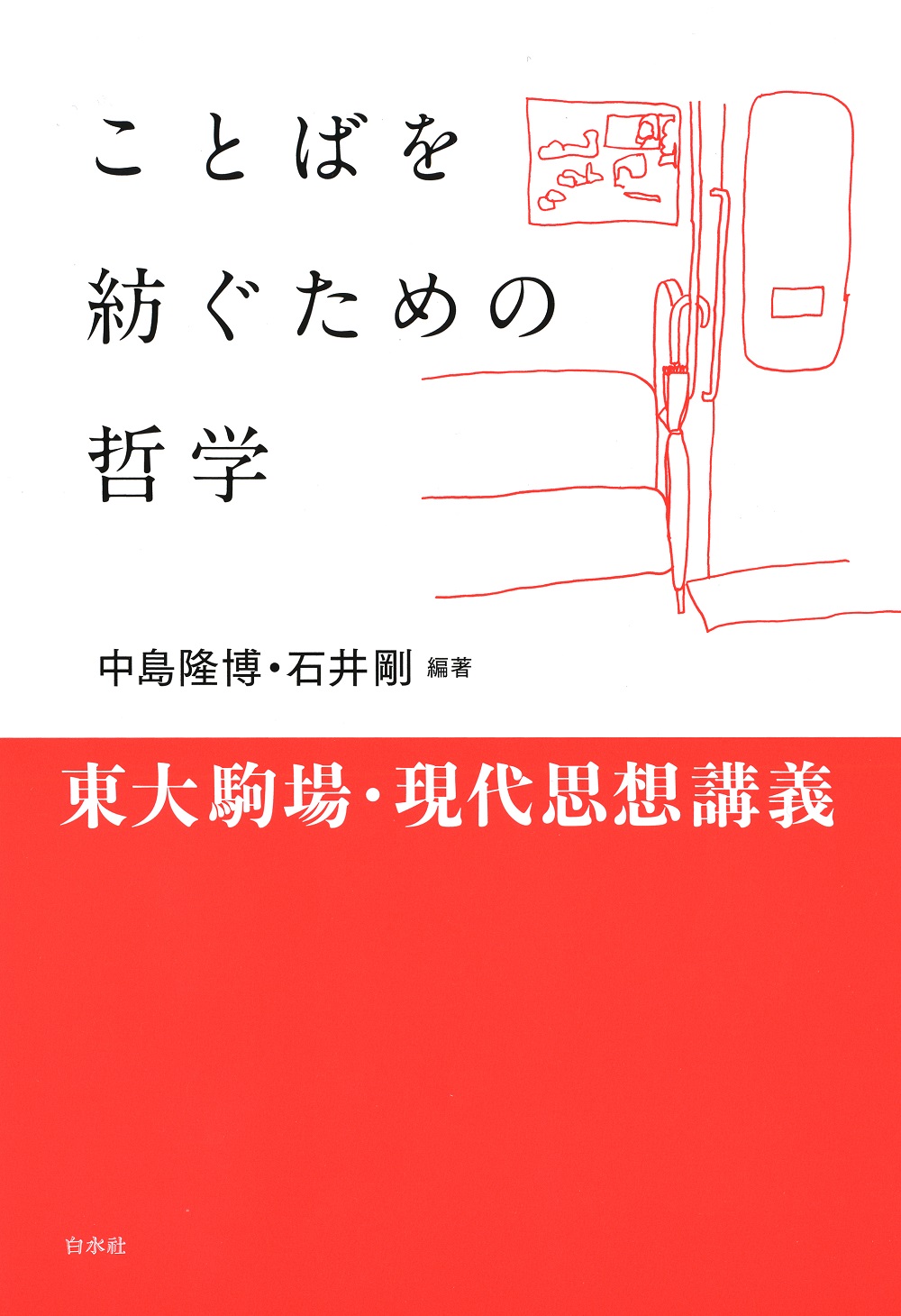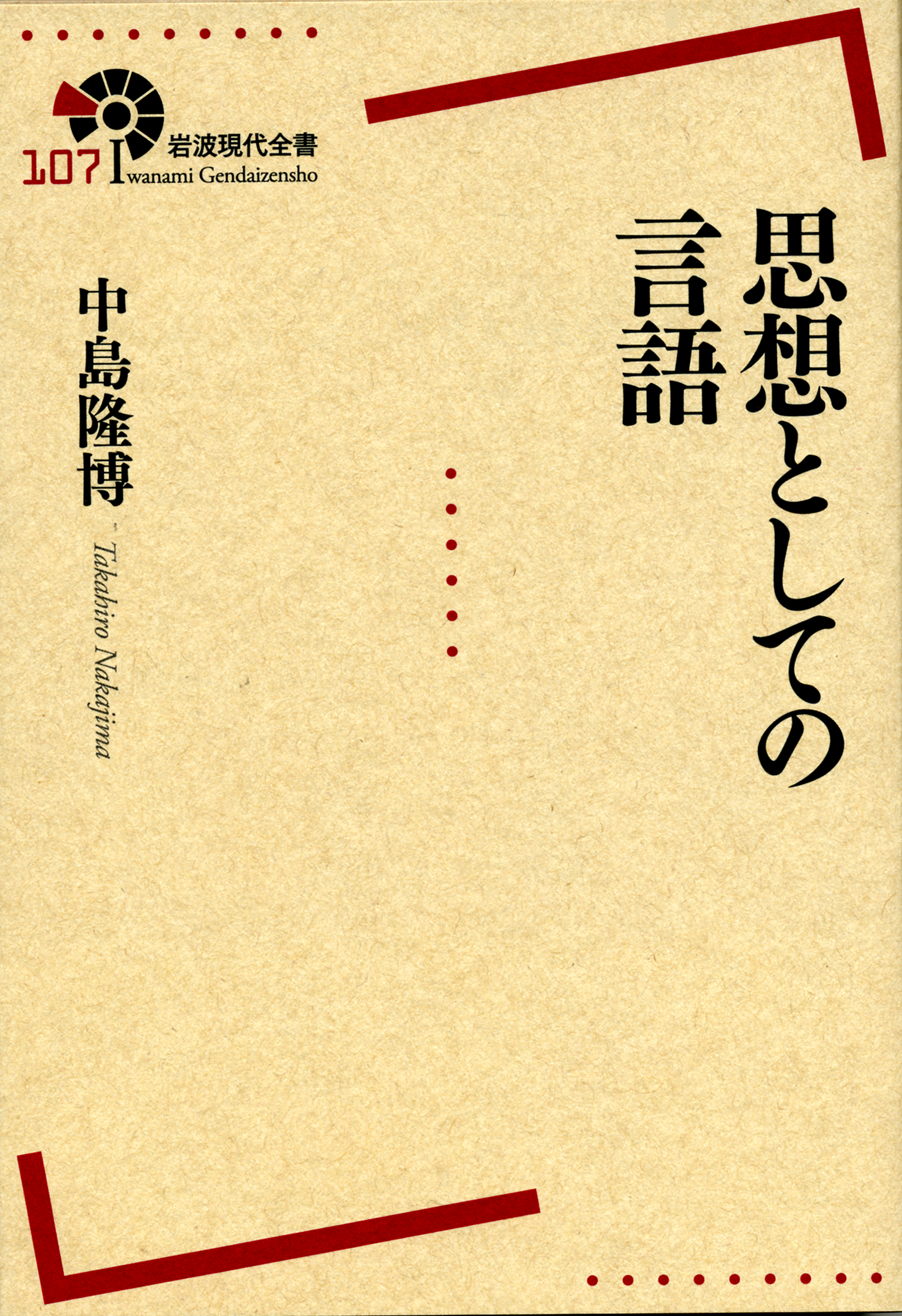
Title
Iwanami Gendai Shinsho Shisō to shite no Gengo (Languarge Qua Thought)
Size
272 pages, 127x188mm, softcover
Language
Japanese
Released
September 21, 2017
ISBN
978-4-00-029207-8
Published by
Iwanami Shoten
Book Info
See Book Availability at Library
Japanese Page
In this book I have endeavoured to consider how language—not language as a tool but language qua intellectual thought—developed in Japanese intellectual history.
Kūkai’s theory of language taken up in chapter 1 define to a large extent the direction of these developments. By retraining language, the Esoteric Buddhism of Kūkai’s Shingon school sought to present a way of directly connecting the plane of mystery to the plane of the “here and now” and so save sentient beings. From the very outset language transcended human language.
In chapter 2, I take up the two prefaces to the Kokin wakashū, an early anthology of poetry, and compare them with the underlying Chinese theories of poetry. Ki no Tsurayuki and the other compilers considered that the mystery lying at the source of poetry ultimately lay in writing. They too discovered there a nesting structure created by language, objects, and the mind and the possibility for language to transcend humans, as posited by Kūkai.
In chapter 3, I consider how the Japanese language can be opened up to the universal with reference to Motoori Norinaga and Natsume Sōseki. Whereas Norinaga took the path of universalizing Japanese taste as represented by “knowledge of the pathos of things” in resistance to the universal as represented in China, Sōseki, faced by the Western universal, attempted to create a completely new foundation for literature by considering that “taste” as a relational concept could be universal. By this means, he explored the possibility of being open to the universal without lapsing into cultural essentialism, but also without abandoning the particular.
Chapter 4 considers Tosaka Jun’s ideas about translation and the universal. In a way very similar to his contemporary Walter Benjamin, Tosaka inserted notches into the passage of time and extracted the intervals between these notches as periods in an attempt to rescue them. Although these periods cannot exist separately from actual society or actual history, Tosaka demanded that, as well as crystallizing into something possessing specificity, a period must also “be able to be translated globally.” This was the core point of language as a form of resistance against fascism.
Chapter 5 examines Uchimura Kanzō and his “Japanese Christianity.” With a similar thinking stance to that of Sōseki, Uchimura considered the question of how it might be possible to open up to a more universal universality through Japan’s experiences. When doing so, it was the Bible that underpinned his language qua intellectual thought.
Chapter 6 considers in the context of modern Japanese literature the local spirituality called kamisama that survives in the Kansai region and its transformation in modern times. When one examines Tanizaki Jun’ichirō, Oda Sakunosuke, Kawabata Yasunari, and Nakagami Kenji, one sees scars showing how local spirituality was damaged and marginalized in the process of modernization.
In chapter 7, I examine how Izutsu Toshihiko considered questions of the mysterious through Lao-Zhuang thought, which is deemed to have resisted Confucian discourse. Carrying over Suzuki Daisetsu’s concept of Japanese spirituality, Izutsu considered that, rather than lying concealed in the shadows beyond reality, the mysterious operates at the root of reality and manifests in its midst. Izutsu presented these ideas, which have points in common with those of Kūkai, in the course of his readings of Lao-Zhuang thought.
What is presented in this book through the above inquiries is the plane of salvation and mystery that is discovered through linguistic experience (including translation). This is salvation on a different plane that is glimpsed in this very world in which we live.
(Written by NAKAJIMA Takahiro, Professor, Institute for Advanced Studies on Asia / 2018)



 Find a book
Find a book


